Tag: Mythology
-
Ascus (Mythology)
Ascus (Ancient Greek: Ἄσκος) was a giant from ancient Greek mythology, who in conjunction with Lycurgus of Thrace chained the god Dionysus and threw him into a river. The god Hermes (or, according to other tellings, Zeus) rescued Dionysus, conquered (ἐδαμασεν) the giant, flayed him, and made a bag (ἄσκος) of his skin.[1][2] A folk etymology once said that the town of Damascus in Syria derived its name from this event,…
-

Big Page of Hazel
The oldest confirmed hazel species is Corylus johnsonii found as fossils in the Ypresian-age rocks of Ferry County, Washington, USA
-

Cold-Food Powder or Five Minerals Powder, poisonous psychoactive drug popular during the Six Dynasties (220–589) and Tang dynasty (618–907)
Cold-Food Powder (Chinese: 寒食散; pinyin: hánshísǎn; Wade–Giles: han-shih-san) or Five Minerals Powder (Chinese: 五石散; pinyin: wǔshísǎn; Wade–Giles: wu-shih-san) was a poisonous psychoactive drug popular during the Six Dynasties (220–589) and Tang dynasty (618–907) periods of China. Terminology Both Chinese names hanshisan and wushisan have the suffix -san (散, lit. “fall apart; scattered”), which means “medicine in powdered form” in Traditional Chinese medicine. Wushi (lit. “five rock”) refers to the component mineral drugs, typically: fluorite, quartz, red bole clay, stalactite, and sulfur. Hanshi (lit. “cold food”) refers to eating cold foods and bathing in cold water…
-

Kaustubha, divine ruby or gem in Hindu mythology
Kaustubha (Sanskrit: कौस्तुभ, romanized: Kaustubha, lit. ‘crest jewel’) is a divine ruby or ratnam (gem) in Hindu mythology.[1] This gem is in the possession of Vishnu, granting him the epithet of Kaustubhadhari. It is believed in Hindu scriptures to be the most magnificent ratnam in all of creation, at the time of the churning of the ocean, and acts as a symbol of divine authority.[2] Legend In Hindu mythology, the devas and the asuras performed…
-

Kodoku: The Venomous Vortex of Ancient Curses
Here’s one that might make your skin crawl and your blood run cold! Welcome to the world of Kodoku, the sinister sorcery that turns creepy crawlies into catastrophic curses! Imagine, if you dare, a jar teeming with nature’s most venomous vermin – scorpions, centipedes, and snakes, oh my! But this is no petting zoo, my…
-

Gu: The Venomous Vortex of Ancient Chinese Sorcery
Here is another that may make your skin crawl and your blood run cold! Welcome to the world of Gu, the sinister sorcery that turns creepy crawlies into catastrophic curses! Picture, if you dare, a jar teeming with nature’s most venomous vermin – centipedes, snakes, and scorpions, oh my! But this is no petting zoo,…
-
The Goldfinch in art
The goldfinch is a widespread and common seed-eating bird in Europe, North Africa, and western and central Asia. As a colourful species with a pleasant twittering song, and an associated belief that it brought health and good fortune, it had been domesticated for at least 2,000 years. Pliny recorded that it could be taught to do tricks, and in the…
-

Thistle tubes, thistle feeders, distelfinks and goldfinches
A thistle tube is a piece of laboratory glassware consisting of a shaft of tube, with a reservoir and funnel-like section at the top. Thistle tubes are typically used by chemists to add liquid to an existing system or apparatus. Thistle funnels are used to add small volumes of liquids to an exact position. Thistle funnels are found with or without taps. Since they’re…
-
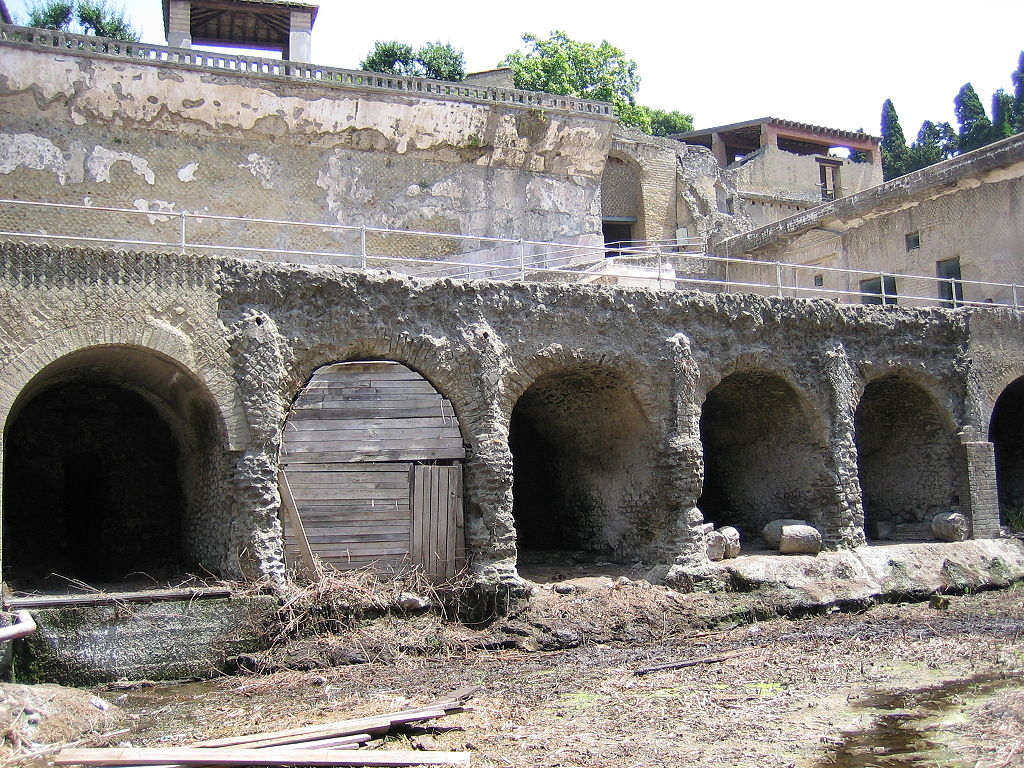
Herculaneum was an ancient Roman town buried under volcanic ash and pumice in the Eruption of Mount Vesuvius in 79 AD.
Herculaneum (Neapolitan and Italian: Ercolano) was an ancient Roman town, located in the modern-day comune of Ercolano, Campania, Italy. Herculaneum was buried under volcanic ash and pumice in the Eruption of Mount Vesuvius in 79 AD. Like the nearby city of Pompeii, Herculaneum is famous as one of the few ancient cities to be preserved nearly intact, as the ash that blanketed the town protected it against…
-
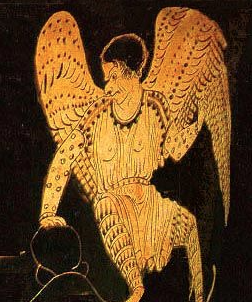
Keres, bloodthirsty death spirits in Greek Mythology
In Greek mythology, the Keres (/ˈkɪriːz/; Ancient Greek: Κῆρες), singular Ker (/ˈkɜr/; Κήρ), were female death-spirits. They were the goddesses who personified violent death and who were drawn to bloody deaths on battlefields. Although they were present during death and dying, they did not have the power to kill. All they could do was wait and then feast on the dead. The…
-
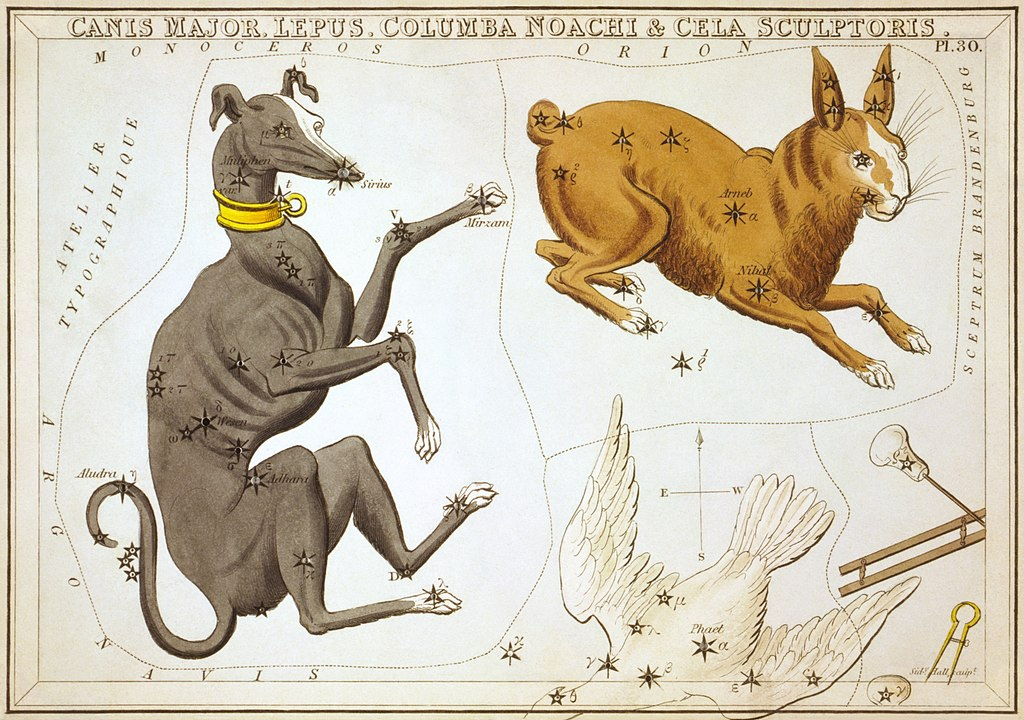
Columba constellation
Columba is a faint constellation designated in the late sixteenth century, remaining in official use, with its rigid limits set in the 20th century. Its name is Latin for dove. It takes up 1.31% of the southern celestial hemisphere and is just south of Canis Major and Lepus. History Early 3rd century BC: Aratus‘s astronomical poem Phainomena (lines 367–370 and 384–385) mentions faint stars where Columba is…
-

Jason and the Argonauts and the dove
The Symplegades or Clashing Rocks, also known as the Cyanean Rocks, were, according to Greek mythology, a pair of rocks at the Bosphorus that clashed together whenever a vessel went through. They were defeated by Jason and the Argonauts, who would have been lost and killed by the rocks except for Phineus‘ advice. Jason let a dove fly between the rocks to see exactly how fast…
-
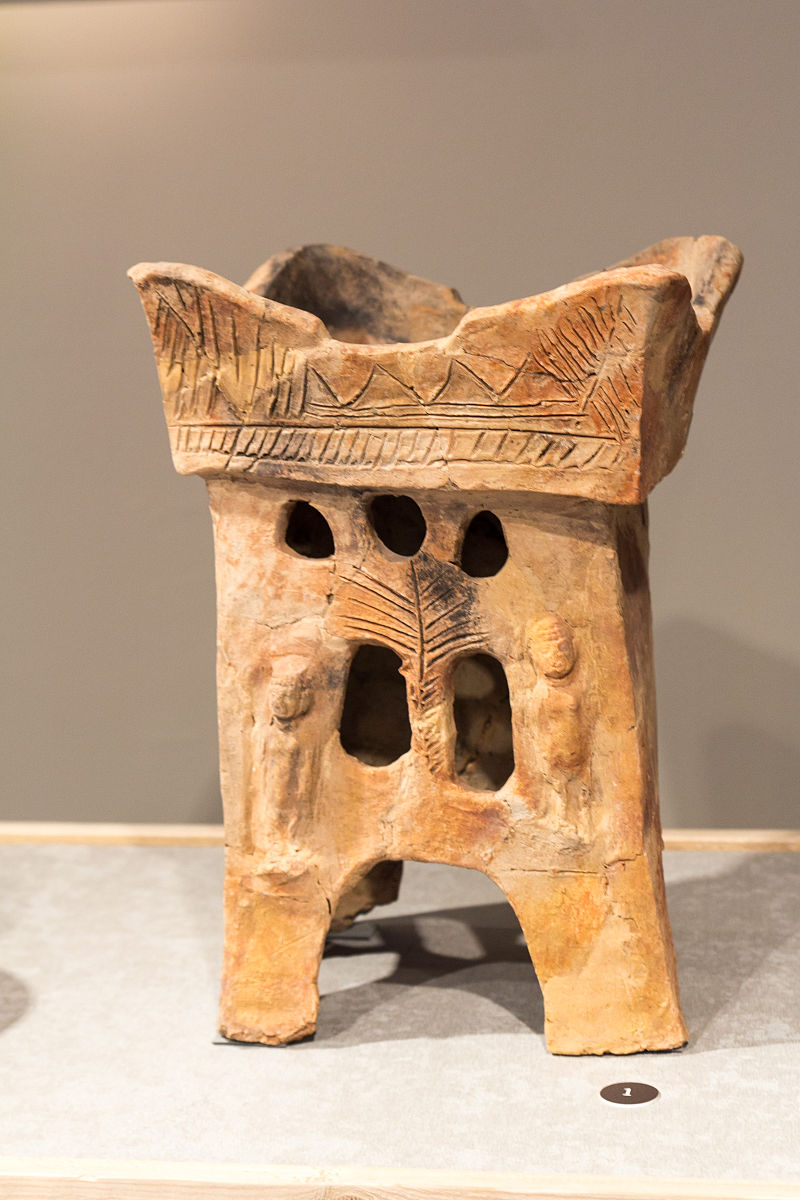
Asherah and Asherim notes
In the ancient Levant, doves were used as symbols for the Canaanite mother goddess Asherah. The Canaanite religion was the group of ancient Semitic religions practiced by the Canaanites living in the ancient Levant from at least the early Bronze Age through the first centuries AD. Canaanite religion was polytheistic and, in some cases, monolatristic. Some gods and goddesses were absorbed into the Yahwist religion of the ancient Israelites, notably El (who later became synonymous with Yahweh), Baal and Asherah, until…
-
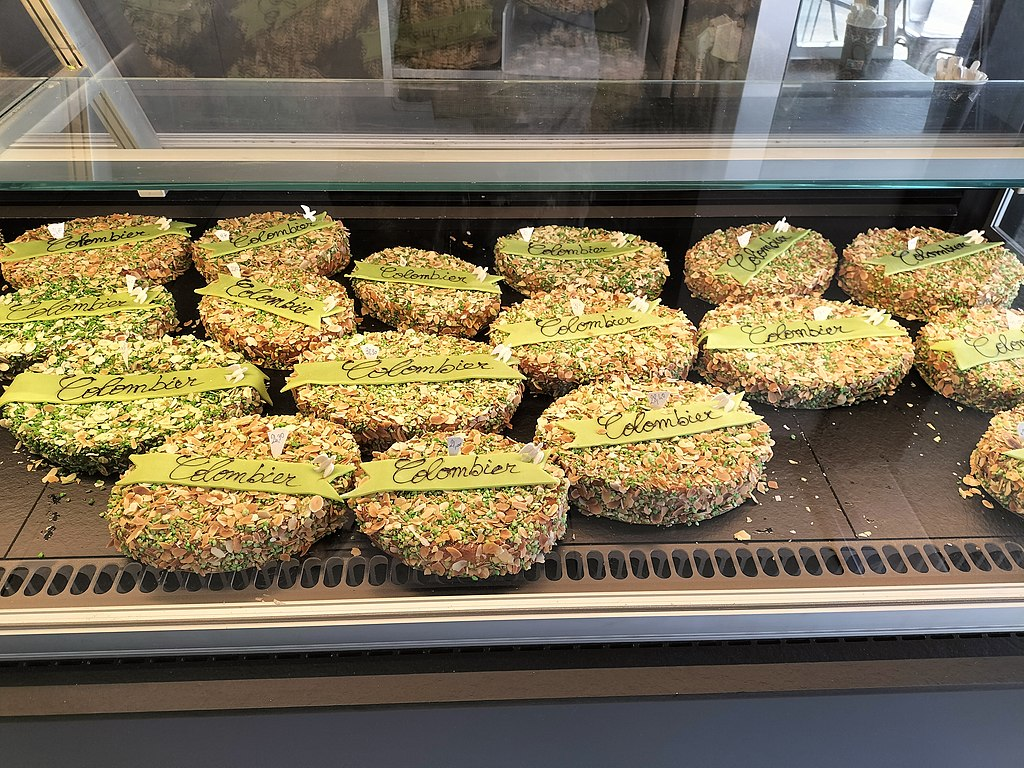
Dovecote cake and the founding myth of Marseille
In Marseille tradition, the dovecote is a cake offered by pastry chefs at the time of Pentecost: cake made from almonds and melon, covered with sugar, generously colored, flavored with kirsch and inside is hidden a dove. This oval-shaped cake is adorned with a strip of marzipan on which is written: “whoever the dove will have in the year will marry”. This typically Marseilles tradition,…
-
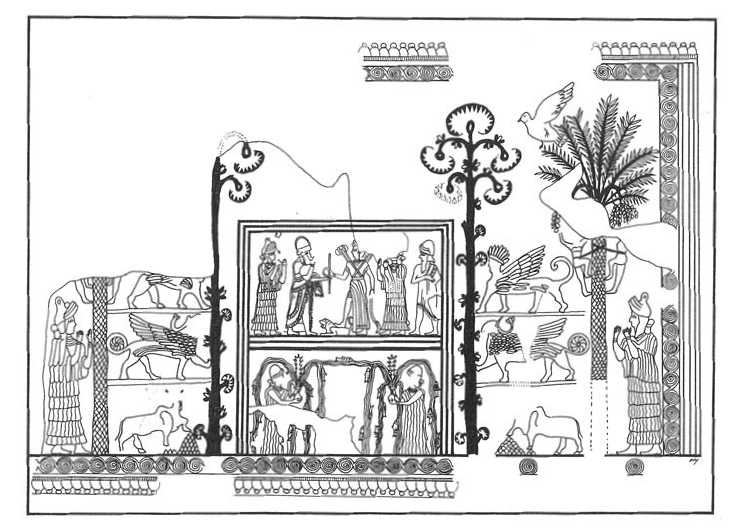
Doves are shown on cult objects associated with Inanna as early as the beginning of the third millennium BC
In ancient Mesopotamia, doves were prominent animal symbols of Inanna-Ishtar, the goddess of love, sexuality, and war. Doves are shown on cultic objects associated with Inanna as early as the beginning of the third millennium BC. Lead dove figurines were discovered in the temple of Ishtar at Aššur, dating to the thirteenth century BC, and a painted fresco from Mari, Syria shows…
-

Underworld list (Wikipedia)
The underworld, also known as the netherworld or hell, is the supernatural world of the dead in various religious traditions and myths, located below the world of the living. Chthonic is the technical adjective for things of the underworld. The concept of an underworld is found in almost every civilization and “may be as old as humanity itself”. Common features of underworld myths are accounts of living people…
NOTES
- 🧬 Disease Table with Low Sodium Connection
- 🧂 Sodium Reduction and Sodium Replacement: A History of Reformulation and Exploding Diseases, Including Many Diseases Unheard of Before Deadly Sodium Policies
- 🧂 The DEADLY 1500 mg Sodium Recommendation predates the WHO’s formal global sodium reduction push by nearly a decade (and it’s even worse than that)
- 🧬 What Is Beta-Glucuronidase?
- When Sugar Was Salt: Crystalline Confusion and the Covenant of Sweetness
Tags
ADAM ASPARTAME Birds Blood Bones Brain Bugs Cancer Columba Cows crystallography Death Death cults Eggs Etymology Gastrin Gold Growth hormone History Hormones Insulin Liver Mere Perplexity Metal Monkey Business Mythology Paracetamol Plants Poison Pregnancy Protein Religion Reproduction Rocks Salt Slavery Snakes Sodium the birds and the bees Thiocyanate Tobacco Tylenol Underworld Venom zinc

